The city of Cahokia, whose secrets lie underneath where St Louis, Missouri now stands, was ruined by a huge blaze around the year 1170 CE.
Following the disaster, the Native American city changed dramatically - defense walls were built, buildings fortified and a sun symbol incorporated into designs.
The significant changes have led to one nagging historical mystery - just how did the fire start?
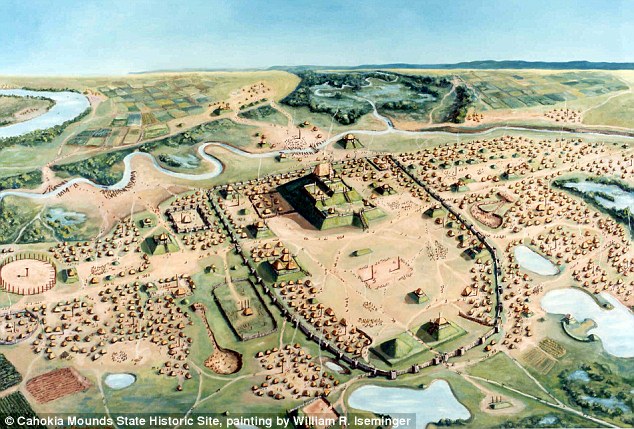
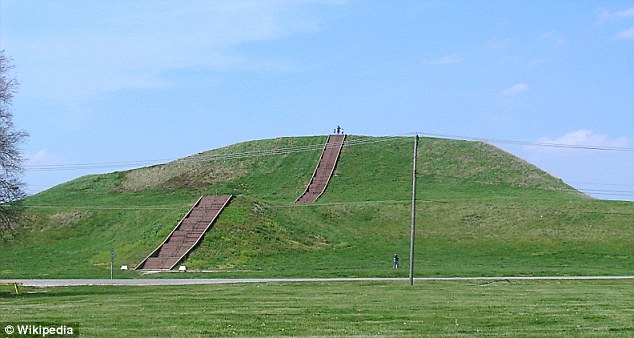
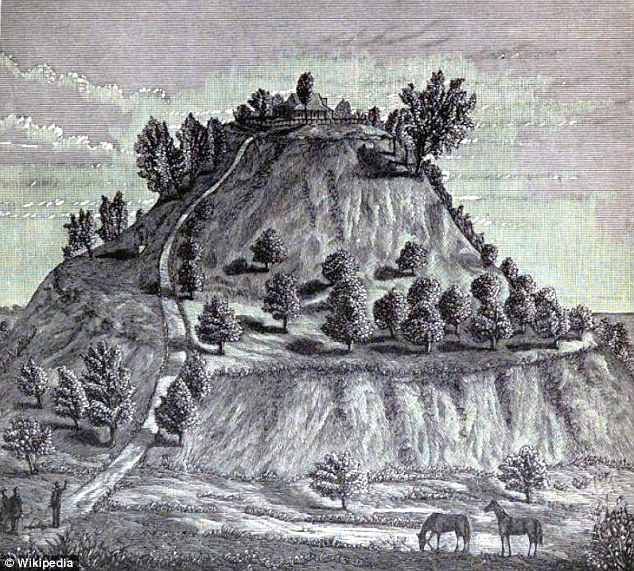
Those who built the model city were known as the Mound Builders because of the earthen structures similar to Mayan Temples.
The mounds appear to have had religious significance to the dwellers, with tombs below and places of worship on top. (Only one remains today called Monk's Mound near Colinsville, Illinois.)
Like the Mayans, the civilization was known to make human sacrifices, including dismembering and burying people alive.
The city appeared in the year 600 around the same time as Mayan culture was booming hundreds of miles to the south.
Cahokia flourished over the next few hundred years, growing to a population of around 15,000 people - comparable to Paris or London at that time.
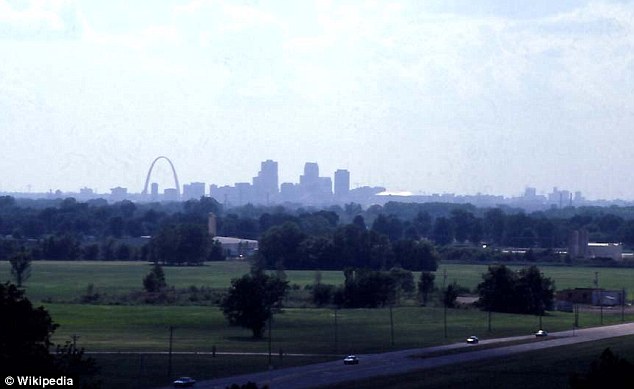
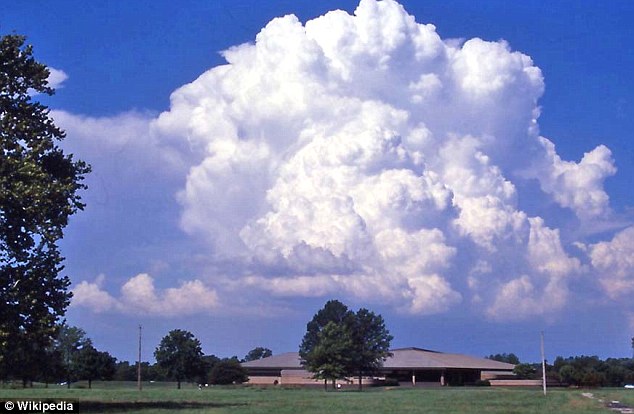
According to a study, published this month in the Journal of Field Archaeology, strange new evidence is leading to exciting theories about the fire.
At the new dig in east St Louis, archaeologists found luxury items such as clay pots and animal bones used in ceremonies.
The homes that were destroyed in the fire - around 100 in all - appeared to have been temporary structures.
The scientists now believe that instead of the fire being an accident or being set by an enemy, it was in fact a mass sacrifice.
The inhabitants left no written records beyond symbols on pottery, shell, copper, wood and stone.
However one clue that led researchers to this theory is that evidence shows that the homes which were burned were not rebuilt.
Previous digs in Cahokia showed that if houses burnt down, then dwellers would rebuild on top however in this instance, the ashes were swept into piles and left untouched.
Another clue, is that home design changed dramatically in the wake of the fire.
In the original city, the rich and powerful lived in large homes whereas following the blaze all the structures became more regulated and smaller.
Archaeologists believe that it is possible a group of rebels started the fire and took over the city. The use of the sun imagery may have been symbolic of a new religion or political leadership.
The fire was a major event in the city's existence and by 1400, there was almost no one left. It lost power and never regained its reputation.
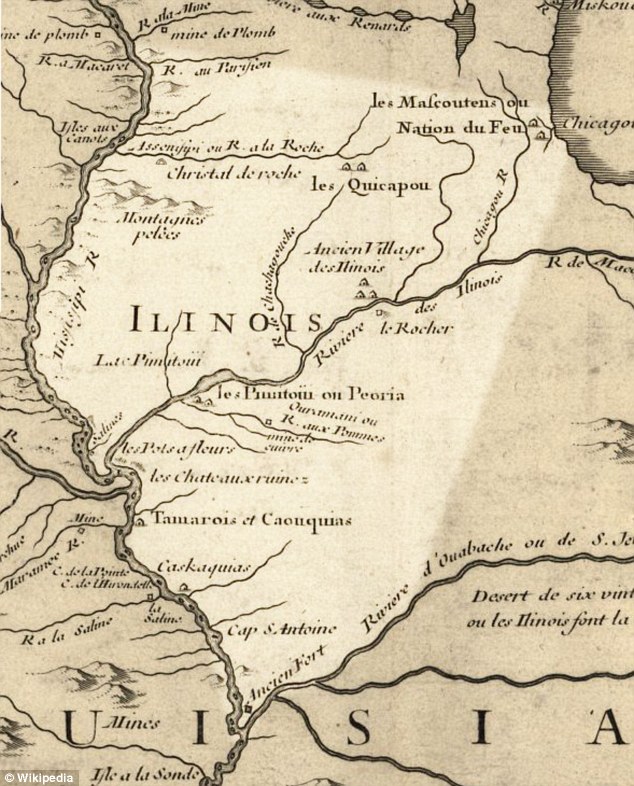



Wasn't there a long period of cold and drought over most of America at that time? Seems people were uprooted and migrating, trying to find better conditions, looting and pillaging along the way. Another huge metropolis, about a mile long and at least a half mile wide---this one in West Tennessee, and ALSO overlooking the Mississippi River---was burned to the ground around the same time, and never rebuilt.